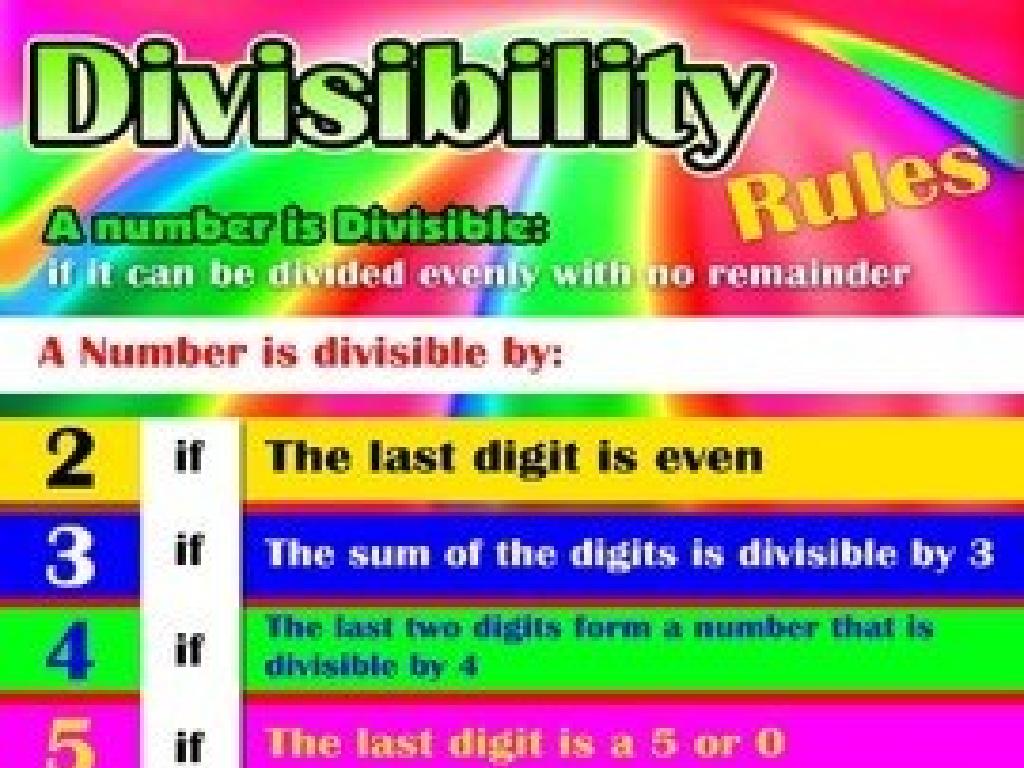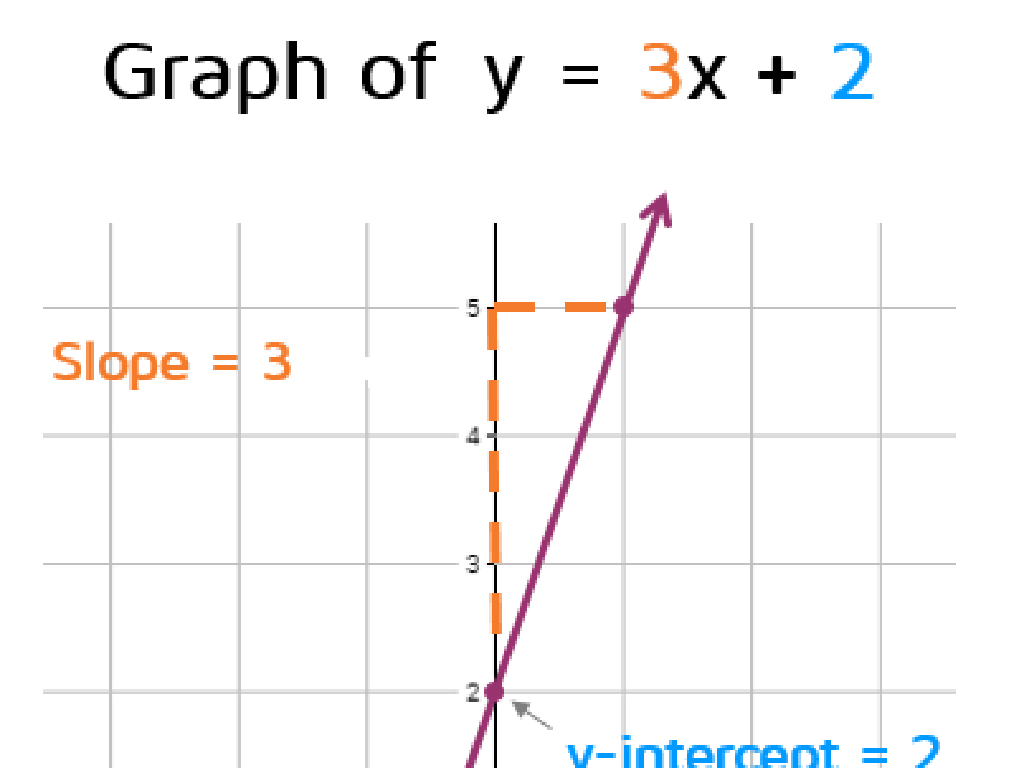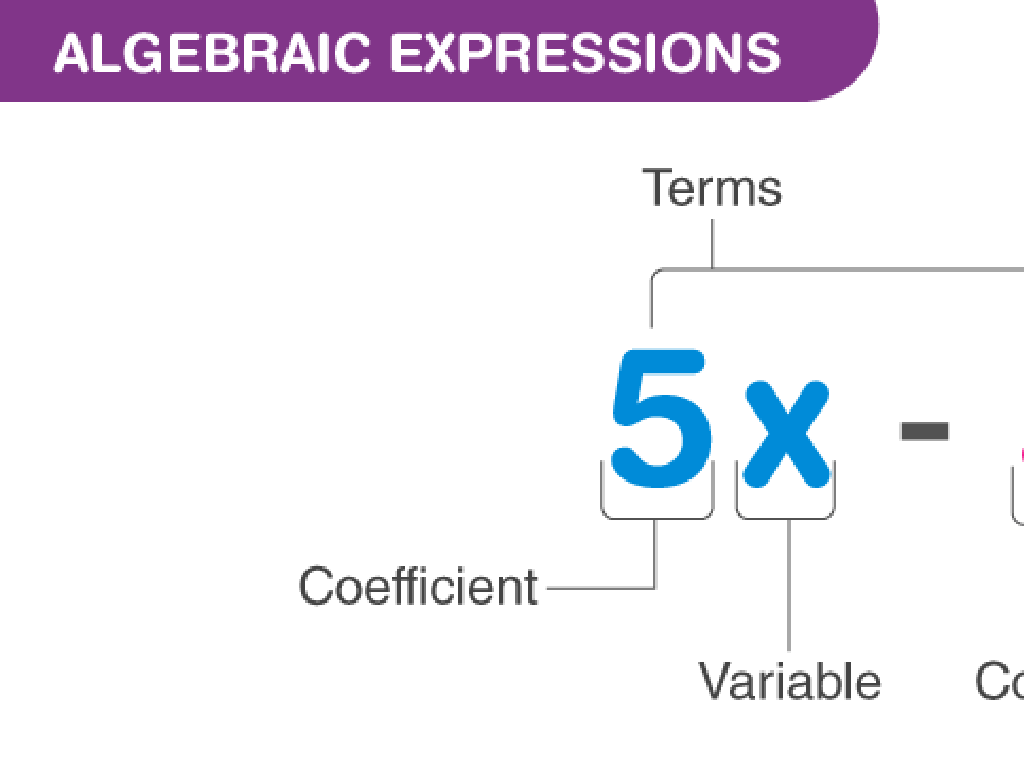Identify And Select Countries Of Europe: Region 1
Subject: Social studies
Grade: Seventh grade
Topic: Europe: Geography
Please LOG IN to download the presentation. Access is available to registered users only.
View More Content
Exploring Europe: Region 1 Geography
– Europe’s diverse geography
Europe is a continent with varied landscapes, climates, and cultures.
– What are ‘regions’?
Regions are areas with common geographical or cultural traits.
– Exploring Region 1
Region 1 includes countries such as France, Germany, and the Benelux countries.
– Key countries in Region 1
Let’s identify France, Germany, Belgium, Netherlands, and Luxembourg on the map.
|
This slide introduces students to the geography of Europe, focusing on the concept of regions and specifically Region 1. Begin by discussing the physical and cultural diversity of Europe as a whole. Explain how geographers and historians often divide Europe into regions to study it more easily. Today’s lesson will concentrate on Region 1, which includes key countries like France, Germany, Belgium, the Netherlands, and Luxembourg. Encourage students to locate these countries on a map and discuss any characteristics they may already know about them. This will set the stage for more in-depth exploration of each country’s geography and cultural attributes in subsequent lessons.
Understanding Regions in Geography
– Define a geographical region
– An area with distinct features, like climate or culture
– Characteristics defining a region
– Common language, history, climate, or political system
– Regions: Examples worldwide
– The Sahara, Amazon Basin, and the Mediterranean
|
This slide introduces the concept of a geographical region, which is crucial for understanding how countries are grouped in studies of Europe and elsewhere. A region is an area distinguished by unique characteristics that may include cultural, political, climatic, or topographical features. For example, regions can be defined by a common language, shared history, similar climate conditions, or a collective political system. Provide examples of well-known regions like the Sahara Desert, known for its arid climate; the Amazon Basin, recognized for its biodiversity; and the Mediterranean region, noted for its unique cultural and historical significance. Encourage students to think about what characteristics might define the regions within Europe, setting the stage for identifying and selecting countries in Europe’s various regions.
Exploring Europe: Region 1
– Identify Region 1 countries
– Countries like France, Germany, and Belgium
– Geographical features of Region 1
– Mountains, rivers, and climate variations
– Cultural significance in Region 1
– Languages, traditions, and historical sites
– Political boundaries within Region 1
– Borders defined by history and treaties
|
This slide aims to introduce students to the countries of Europe’s Region 1, which includes nations such as France, Germany, and Belgium. Discuss the diverse geographical features, including the Alps and the Rhine River, and how these affect climate and human activity. Highlight the rich cultural heritage, languages, and traditions that are unique to this region. Explain the political boundaries, shaped by historical events and agreements, which define the countries within Region 1. Encourage students to research more about each country’s specific characteristics and how geography has influenced their development.
Physical Geography of Europe: Region 1
– Mountains and rivers in Region 1
– The Alps and Danube River are key features.
– Geography’s effect on human activities
– Mountains can limit travel but provide resources.
– Region 1’s historical significance
– Battles and borders shaped by the terrain.
– Cultural impact of Region 1’s geography
– Traditions and lifestyles influenced by the landscape.
|
This slide aims to explore the physical geography of Europe’s Region 1 and its influence on human activities, history, and culture. Highlight key physical features like the Alps, which have been crucial for defense and as a source of natural resources, and the Danube River, a vital trade route. Discuss how the challenging terrain has influenced settlement patterns, economic activities, and military strategies. Emphasize the region’s role in significant historical events and how the geography has shaped the cultural identity of its inhabitants. Encourage students to think about how living in such a region would affect their daily lives and historical understanding.
Exploring Europe: Region 1 Countries and Capitals
– List Region 1 countries
– Examples: France (Paris), Germany (Berlin)
– Capitals of these countries
– Capitals are often the political and cultural hubs
– Interesting country facts
– France: Famous for the Eiffel Tower, Germany: Known for its automotive industry
– Geography and culture insights
– Explore how geography influences culture and lifestyle
|
This slide aims to familiarize students with the countries in Europe’s Region 1 and their capitals. Start by presenting the list of countries and then match them with their respective capital cities. Highlight interesting facts about each country to pique students’ interest and provide insights into how geography influences culture and lifestyle. Encourage students to research more about these countries to understand the diversity within Europe. This will help them appreciate the continent’s rich cultural tapestry and geopolitical significance.
Cultural Highlights of Europe: Region 1
– Predominant languages in Region 1
– Explore languages like French, German, and Italian
– Traditional celebrations
– Festivals like Oktoberfest in Germany, Bastille Day in France
– Notable landmarks
– Eiffel Tower in France, Colosseum in Italy
– Historical sites of significance
– Roman Forum in Italy, Neuschwanstein Castle in Germany
|
This slide aims to give students a glimpse into the rich cultural tapestry of Europe’s Region 1. Start by discussing the variety of languages spoken across different countries, highlighting French, German, and Italian as key examples. Move on to cultural traditions, mentioning how celebrations like Oktoberfest and Bastille Day reflect the unique heritage of each country. Introduce famous landmarks such as the Eiffel Tower and the Colosseum, explaining their historical and cultural significance. Finally, discuss historical sites like the Roman Forum and Neuschwanstein Castle, encouraging students to explore the stories behind these monuments. This will help students appreciate the diversity and history of Europe’s Region 1.
Class Activity: Mapping Europe – Region 1
– Label Region 1 countries on a map
– Identify each country’s capital
– Research one fact about each country
– Look for unique cultural, historical, or geographical details
– Present your findings in class
|
This activity is designed to help students familiarize themselves with the countries of Europe, specifically Region 1. Provide students with blank maps and a list of countries to label. They should also mark the capital cities. Encourage them to find an interesting fact about each country, which could be related to its culture, history, or geography. This will help them to remember the countries better and understand the diversity within Europe. For the next class, students will present their maps and facts, allowing them to practice public speaking and share knowledge with their peers. Possible variations of the activity could include working in pairs, creating a fact file for each country, or even a digital presentation of their findings.
Review: Europe’s Region 1 Geography
– Recap of Europe’s Region 1
– We explored countries, climates, and cultures in Region 1 of Europe.
– Significance of regional understanding
– Knowing regions helps in understanding cultural, political, and geographical diversity.
– Discuss interesting Europe facts
– Share facts like unique traditions, languages, or landmarks discovered.
– Engage in a class discussion
|
This slide aims to consolidate the students’ knowledge about Europe’s Region 1 and reflect on the importance of understanding different regions. Start by asking students to summarize what they’ve learned about the countries within this region, including their climates, cultures, and geographical features. Emphasize how regional knowledge contributes to a broader understanding of Europe’s diversity. Encourage students to share the most interesting facts they’ve learned, fostering a lively class discussion. This activity will help reinforce their learning and allow them to appreciate the varied characteristics that define Europe’s regions.
Homework: Explore a European Country
– Research a Region 1 country
– Include geography and culture
– Cover physical landscape, climate, major cities
– Find one interesting fact
– Discuss language, traditions, cuisine
– Present your findings next week
– Could be a historical event, unique tradition, or innovation
|
This assignment is designed to deepen students’ understanding of Europe’s diverse geography and cultures. Region 1 includes countries such as France, Germany, and the Netherlands. Students should explore various aspects of their chosen country, including its physical geography like mountains and rivers, climate patterns, and significant urban centers. They should also delve into the cultural elements such as the official language, traditional festivals, and typical food dishes. Encouraging them to find an interesting fact will make their research more engaging. This could be a notable historical event, a unique cultural tradition, or a modern-day innovation that originated from the country. The presentations will help students practice their research and public speaking skills, and they will learn from their peers about different European countries.





